Mountains (New Zealand)
Where can I find information about New Zealand mountains?
(Years 7-10)
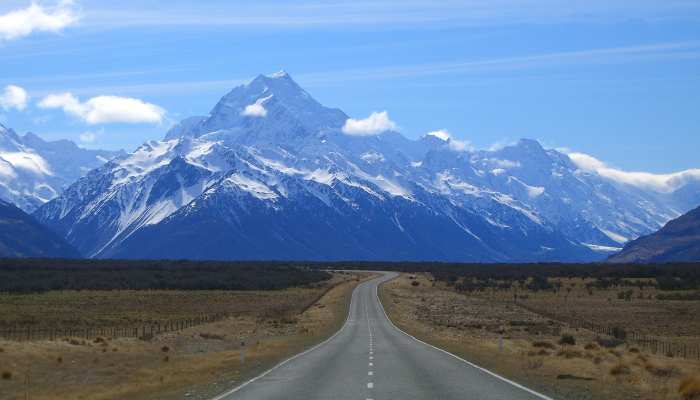
Image: State Highway 80 leading towards Mount Cook in the Southern Alps of New Zealand by B Muirhead on Wikimedia Commons.
Entry last updated: 1/03/23
Introduction
Aotearoa New Zealand is a mountainous country made up of the North and South Islands, with 60% of the South Island being covered in mountains. These mountains formed because New Zealand lies on the edge of two tectonic plates. The plates push up the land, forming mountains. The distinctive shape of volcanic mountains can be seen in the North Island, as a result of thick lava having flowed out of vents which formed high cones.
Well-known mountains
Here are some of the more well-known mountains of New Zealand, along with some interesting facts.
Mount Māngere: A volcano that last erupted about 20,000 years ago. This was the site of a major pā (fortified Maori settlement), with many of the pā's earthworks still obvious.
Mount Tongariro : This volcano last erupted in 2012 spreading a layer of ash over many miles.
Mount Taranaki (Mount Egmont): This mountain is the second highest peak in the North Island and is considered to be a sleeping active volcano that can erupt again.
Aoraki/Mount Cook: This is the highest mountain in New Zealand measuring 3,754 metres high.
Mount Ruapehu: The largest active volcano in New Zealand, which also has the largest ski field in New Zealand called Whakapapa.
Mount Tarawera: The eruption of this volcano in 1886 lasted for 6 hours and destroyed several villages, along with the famous silica hot springs known as the Pink and White Terraces.
Mount Rangitoto: This volcano emerged unexpectedly from the sea about 600 years ago, and is a favourite destination for hikers and day-trippers.
Mountains in New Zealand
There are many mountain ranges in New Zealand - the longest being the Southern Alps, which stretch down most of the South Island. Within this mountain range are popular tourist destinations such as the Franz Josef Glacier, Fox Glacier, and Aoraki/Mt Cook. Here are some great websites on New Zealand mountains in general and on individual mountains.
Te Ara: The Encyclopedia of New Zealand
Te Ara is an excellent starting point for all questions about New Zealand Aotearoa. If we look down to the bottom of the page we can see that the website belongs to the Ministry for Culture & Heritage, so the information is well-researched and reliable.
To find information about New Zealand mountains look down the page to Sections, then select The Bush.
From here select Landscapes which will bring up a list of stories that include Mountains.
You will find lots of information on New Zealand mountains here including Alpine plants and animals and How mountains form.
Or search for alpine or 'alpine ecoregion' to find more articles about alpine plants and animals eg The Southern Alps and other axial ranges
Tips: Many web pages have links to further information or to other recommended sites. Following these links is a great way to find out more. This searching method is called 'pearl growing' because you are picking up pieces of sand to make a beautiful pearl!
DigitalNZ is a search site that focuses on New Zealand history and brings together results from libraries, museums, galleries, government departments and media.
Enter a general keyword 'mountains' or keywords like Mount Ruapehu or Mt Cook if you are looking for information on a specific mountain.
Results are grouped into images, audio, video, articles and more.
Watch the video Wildlife of the Mountains, read the article on Mountain shrublands or look through the images of Mount Ruapehu.
Tips: Search words, or keywords, are the most important words in our question. Usually it’s better to leave out small words like ‘the’, ‘a’ and ‘of’ and just choose the main ones. We can always change our keywords or add more if we need to.
This EPIC database allows online access to the entire archive of the New Zealand Geographic magazine.
Use the keyword 'mountains' to find a great article called The Noble Mountain Aoraki. It tells the story of the first attempts and successes of people who climbed Aoraki/Mt Cook.
To find information on conservation in the mountains, enter the keywords 'mountain conservation' into the search box and read the article The Also Wren.
The article is about one of two surviving species of New Zealand wren located in the South Island's remote subalpine regions (the word 'subalpine' means on the higher slopes of mountains just below the treeline).
Tips: To get to the EPIC resources you will need a password from your school librarian first. Or you can chat with one of our AnyQuestionslibrarians between 1 and 6pm Monday to Friday and they will help you online. Some EPIC databases may also be available through your public library.
Formation, erosion and habitats
These sites have lots of information about mountains in Aotearoa, including how they are formed, how they erode over time, and the unique wildlife in mountain habitats.
The Department of Conservation (DOC for short) is the government website about preserving the natural and historical sites of New Zealand.
Go to the Nature tab at the top of the page and choose Habitats.
Select Alpine habitats to find out about these areas found on mountains above the tree line.
Tips: We like sites like this because they’re reliable. You can tell because of their web address – they have either .govt or .ac, meaning they are from government or educational organisations. They’re also New Zealand sites, so relevant for us.
GNS Science is a New Zealand Crown Research Institute that looks at Earth, geoscience, and isotope research. It has information on how New Zealand's mountains are formed by tectonic uplift, erosion processes, and how glaciers make valleys.
Search for 'mountains'.
Choose Mountains and Uplift.
From here select links to find out about Tectonic uplift, Mountain erosion, and Ice sculpting.
Tips: Websites that have .cri in the address are from a Crown Research Institute. The purpose of these institutes is to carry out scientific research that benefits New Zealand. Check the About us link on the website, if you can find one. That can tell you what the institute's mission and values are.
Science Learning Hub connects New Zealand scientists with school students and teachers.
Search using the keywords 'mountain' or 'alpine'.
You can narrow results by type eg article or video.
Choose Wearing out mountains to find out about erosion of the Southern Alps.
The takahē’s ecological niche has information about this endangered bird and how it has adapted and survived in an alpine habitat.
Or go to Seamounts in the southern seas to find out about mountains under the sea.
Tips: Websites that have .org or .net in the address can have good information, but you need to assess how reliable it is. Check the About us link on the website, if you can find one. That can tell you what the organisation’s mission and values are.
Volcanic mountains
New Zealand has many volcanoes - they can be extinct, dormant or still active. An active volcano shows signs of unrest or is currently erupting. White Island is New Zealand's most active volcano and has been built up by continuous volcanic activity over thousands of years. Most volcanoes in New Zealand are in the North Island.
Department of Conservation (DOC)
DOC is the government website about preserving the natural and historical sites of New Zealand. You can see it’s a government site by looking at the About us at the top of the page.
To find information on New Zealand volcanoes, enter 'volcanoes' into the search box at the top of the page.
Select Central North Island Volcanoes to find information on the activity of the Tongariro National Park volcanoes.
This is an excellent website to keep up-to-date with natural disasters around New Zealand. Many of New Zealand's mountains are volcanoes, and you can find information on this site about recent volcanic activity.
Go to Volcano on the menu bar at the top of the homepage.
You can then choose the volcano or region you would like to know more about.
Tips: Websites that have .org or .net in the address can have good information, but you need to assess how reliable it is. Check the About us link on the website, if you can find one. That can tell you what the organisation’s mission and values are.
Significance to Māori
The Māori word for mountain is maunga. Mountains can have special meaning for Māori, and central North Island mountains, in particular, have spiritual significance in Māori culture. According to legend, some mountains were gods and warriors whose battles formed the landscape.
Te Ara: The Encyclopedia of New Zealand
Te Ara in Māori means ‘the pathway’, and this site is a pathway to excellent and reliable information on New Zealand, including the country’s peoples and culture.
Search for 'mountains'.
Go to People and mountains to find out about mountains in the Māori world.
Choose Battle of the mountains for the Ngāti Tūwharetoa version of this story.
DOC also has information on the story and whakapapa (genealogy) of Aoraki Mount Cook and its significance to Ngāi Tahu.
Search for 'Aoraki Mount Cook'.
This is the official site of the Auckland Council. It has information about the history and significance of Tūpuna Maunga (ancestral mountains).
Search for 'Maunga'.
Books
Your school or local library might have books about New Zealand mountains. Here are some that we found:
The field guide to New Zealand geology: an introduction to rocks, minerals and fossils by Jocelyn Thornton
The shaping of New Zealand by Brian O'Flaherty & Carolyn Lagahetau
The Maero, the very fierce people: a story from the wild mountains of Aotearoa by Ron Bacon Manu Smith
Maori legends of the land retold by Pita Graham.
SCIS no: 1832644
Topics covered
Related content
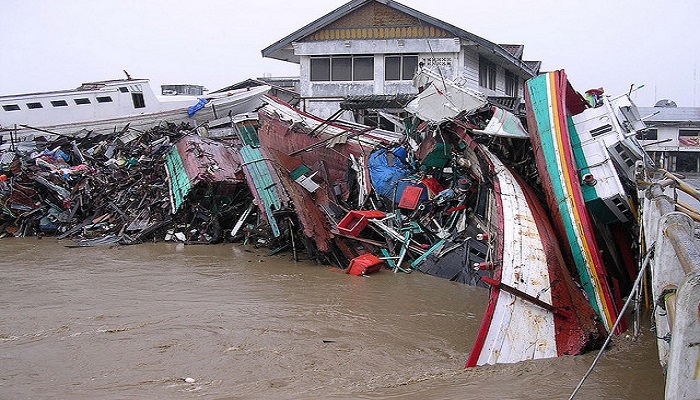
Tsunamis
Where can I find information about tsunamis?

Islands (New Zealand)
Where can I find information about New Zealand islands?
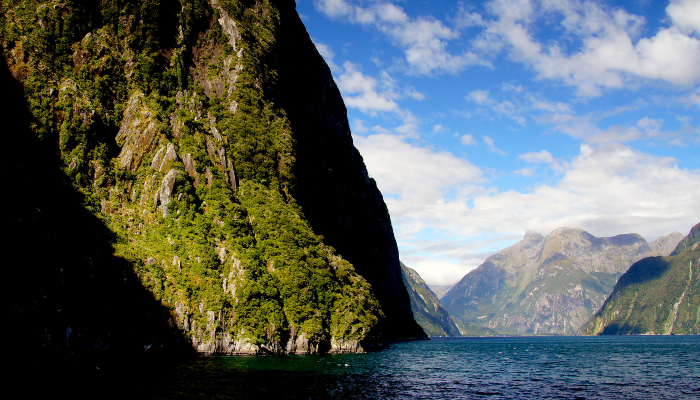
Conservation (NZ)
Where can I find information about conserving the natural environment in New Zealand?
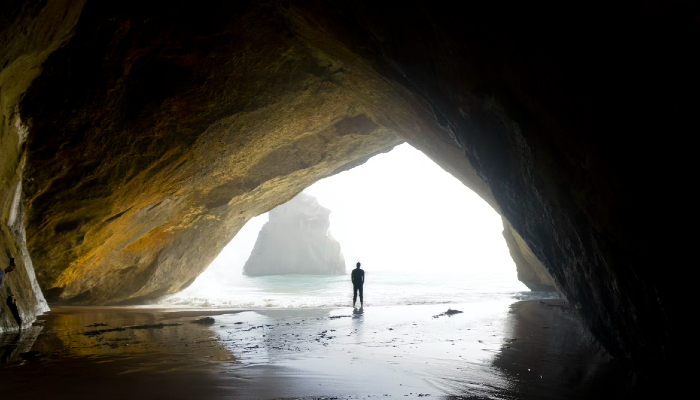
Caves (New Zealand)
Where can I find information about New Zealand caves?
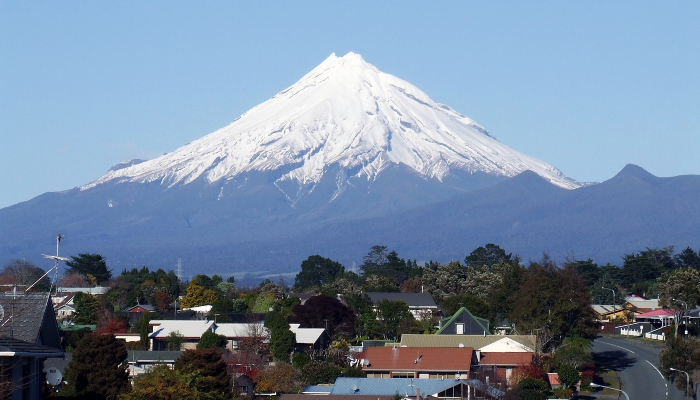
Volcanoes (NZ)
Where can I find information about volcanoes in New Zealand?
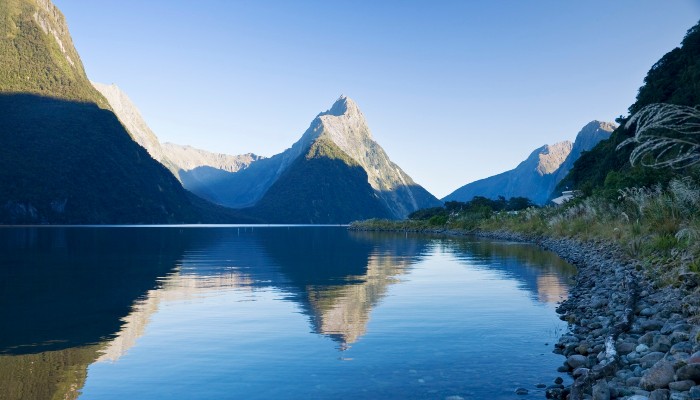
Tourism (New Zealand)
Where can I find information about tourism in New Zealand?

Tourism in NZ
Discover resources related to tourism in New Zealand.
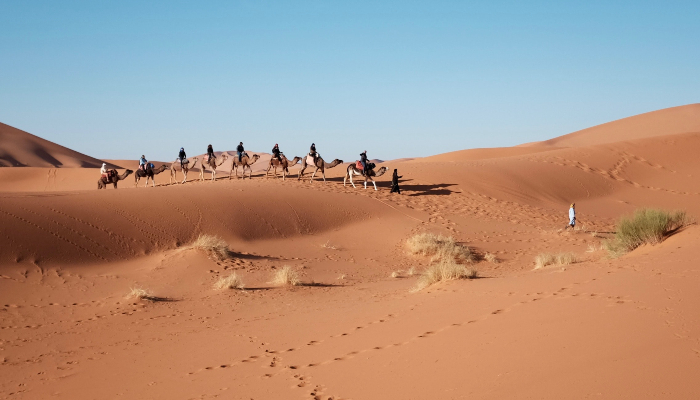
Deserts
Where can I find information about deserts around the world?
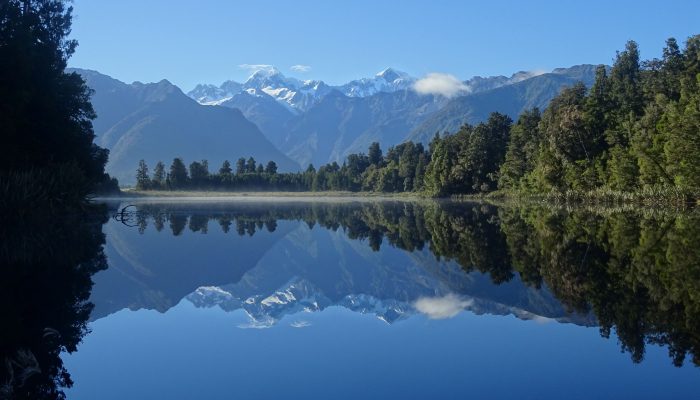
Lakes (New Zealand)
Where can I find information about lakes in New Zealand?
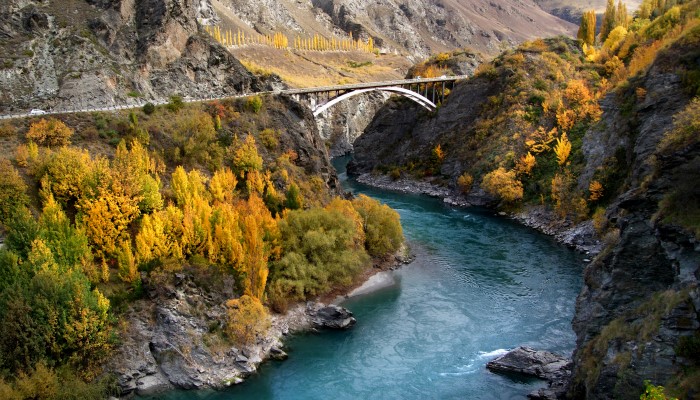
Rivers (New Zealand)
Where can I find information about rivers in New Zealand?
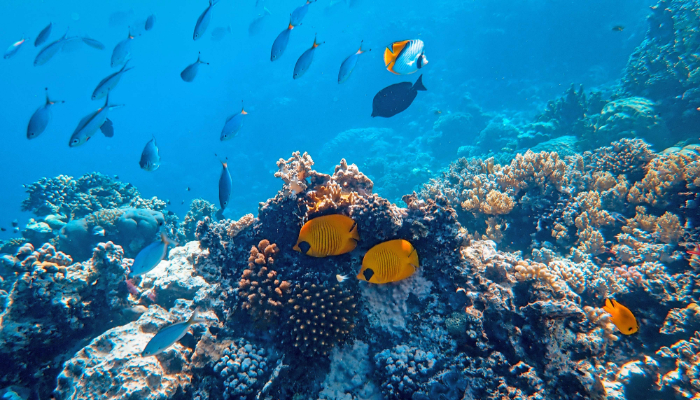
Oceans
Where can I find information about oceans?
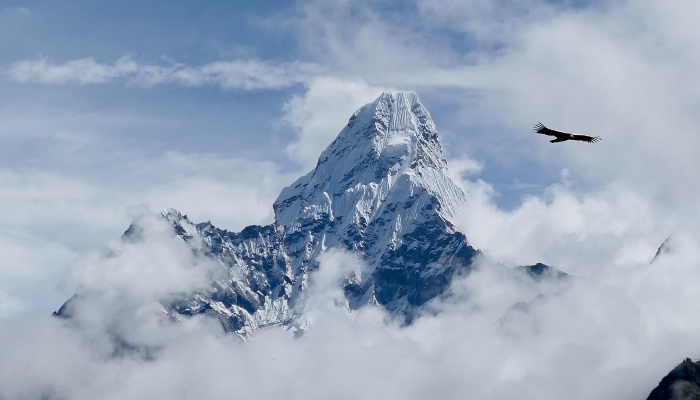
Himalayas
Where can I find information about the Himalayas?

Forests (New Zealand)
Where can I find information about New Zealand forests?

Animals
Where can I find information about different animals?
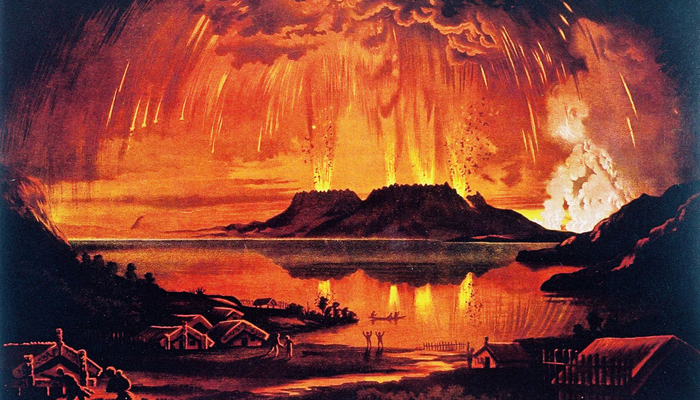
Mount Tarawera eruption 1886
Where can I find information about the eruption of Mount Tarawera in 1886?
